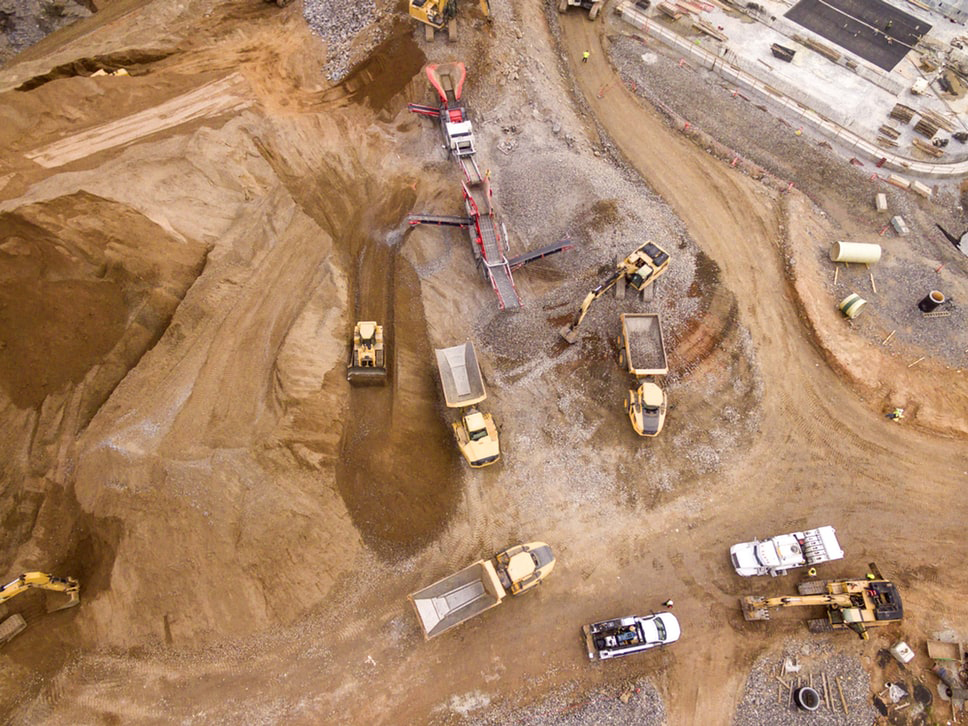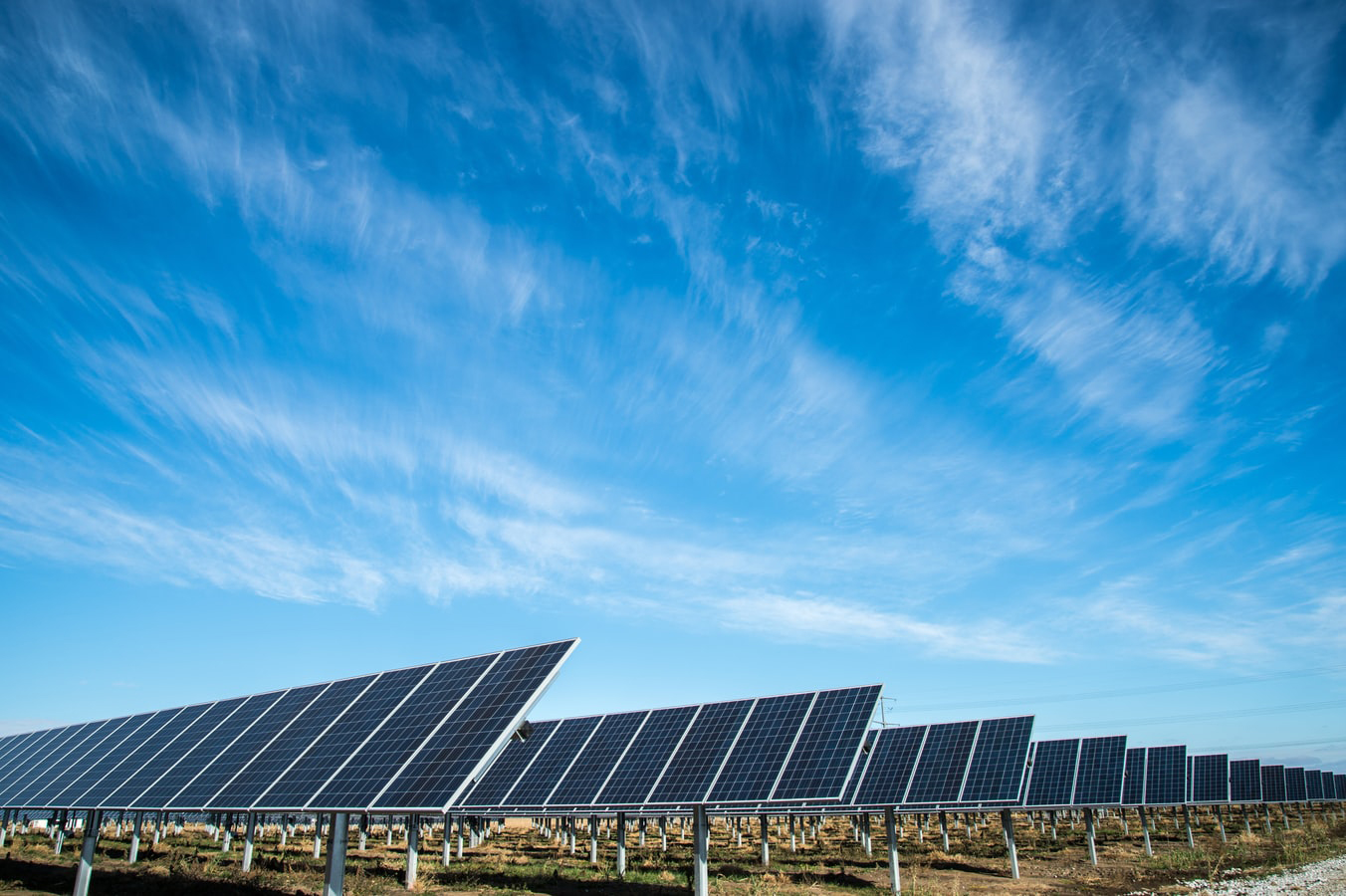Hybrid Thinking: The merging of the energy sector in Australia

Over the past couple of years, speaking with our industry networks across engineering, hearing the continual debate between a complete shift to renewable energy and the economic dependence on the export of coal and gas, there has been a clear line in the sand and most people have had a tendency to stand firmly on one side.
With some recent movement by some miners to deliver renewable energy projects, we are looking at a new industry shift where full integration, particularly around power supply is truly merging both sides together. Bringing energy sources from both sides of the debate brings all energy under a single banner. With this comes the consistent sharing of resources, ideas, solutions, technology and innovation. This brings with it a consistent effort to achieve a common goal and a more efficient process towards sustainability both environmentally and economically.
Through our recruitment activities, we’ve had the opportunity to gain insights and feedback from those ?at the coal face? and equally those ?catching the sun?. These discussions have provided a better understanding of the challenges faced by the industry and how the collaboration across all energy resources is helping to speed up the progress.
The aim of this article is to focus on promoting that conversation around collaboration, and as we work in engineering recruitment, providing a link between sectors to ensure this continues. This is a quick snapshot of where some of these integrations and collaborations are moving ahead.
Internationally and domestically there has been a movement towards reducing emissions and developing more environmentally sustainable sites. What does this mean for the mining sub sector, and what key drivers will be implemented to meet the emissions targets set by the Australian government.
Australia’s 2020 Emissions Target (5 percent below 2000’s level)
- Australia will overachieve on its 2020 target by 283 million tonnes of carbon dioxide equivalent (Mt CO2 -e).
- This is an improvement of 43 Mt CO2 -e, since the 2018 projections
Australia’s 2030 target (26-28 percent below 2005’s level)
- Emissions in 2030 are projected to be 511 Mt CO2 -e, 52 Mt CO2 -e lower than the 2018 estimate for 2030 of 563 Mt CO2 -e.
- To achieve Australia’s 2030 target of 26 to 28 per cent below 2005 levels, emissions reductions of 395 to 462 Mt CO2 -e between 2021 and 2030 are required.
Statistics from: australias-emissions-projections-2019-report
1. The collaboration of renewable energy and sites
The first key driver is to effectively merge renewable energies to power and support sites. This practice offsets the emissions produced by the site and will be critical moving forward to ensure that the targeted emissions are met, and to allow for sustainable growth and development for all parties.
It has been documented in the report produced by the government that the additional demand for electricity through the sector will be more than met by the upcoming solar and renewable projects on the horizon.
Rio Tinto $140 million Solar Farm

Rio Tinto have invested 144 million dollars into a 44?megawatt plant, that will be the company’s first push towards decarbonisation. The Project outside Newman will have the same effect as taking 28,000 cars of the road.
Rio Tinto iron ore chief executive Chris Salisbury
“So, it is possible to reduce emissions at the same time as ensuring we remain an efficient operation as well.”
Shell Solar Investment

The Gangarri solar project will reduce carbon dioxide emissions by 300,000 tonnes per year and generate enough electricity to power 50,000 homes. The massive Solar project will be home to 400,000 photovoltaic panels that will be able to generate 120 megawatts of electricity.
- Expected completion date – early in 2021
- An additional 200 jobs will also be created through the construction process.
Qld wind farm

The $2 billion dollar project was put forward by Forest Wind, the project will see 226 wind turbines introduced into state pine plantations between the Qld rural towns of Gympie and Maryborough. The construction stage has been rumored to start as early as the end of 2020 and will also create a long list of jobs for the state.
state minister for planning Cameron Dick
?This is a major clean energy project for Queensland and will contribute to our target of 50 per cent renewables by 2030,?
2. Incentives to move towards electric/hybrid Systems
Mining companies will feel the incentive to move towards electric and hybrid systems due to the expensive nature of running diesel applications, which currently accommodates for 30% of the mining sub sector. Apart from the financial benefits of moving to a more cost-effective electric platform, the switch is critical to meeting the emissions targets that have been set by the Australian government.
Williams Advanced Engineering is currently developing a hydrogen fuel cell powered haulage truck that will be the largest electric vehicle in the world and the first of its kind. The development will open the door for other large scale electrical and hybrid equipment/vehicles to replace the outdated diesel options.
Fuel cell electric Haul Truck

The Anglo-American electric dump truck. Source: Williams Engineering
- Powered by a hydrogen Fuel Cell Module paired with a WAE scalable high-power modular lithium-ion battery system.
- Set to be the world’s largest hydrogen powered mine truck
- Williams Advanced Engineering will develop the world’s first high voltage battery system
- Testing will begin in South Africa towards the end of 2020
3. Technical Improvements

Source: australias-emissions-projections-2019-report
Despite the increase in commodity production the emissions produced through the mining sector are projected to remain stable at 19Mt Co2. This is due to refined emissions reductions that will become available through technical advancements within the industry.
The most notable advancements will be through:
- Engine Improvements
- Autonomous technologies
- Electrification of mining equipment
If you’re looking to grow your current engineering team or have a resource requirement that needs a focused search into the passive candidate get in touch to discuss how Peopleconnexion can partner with you to support your recruitment needs.
Alternatively, if you’re working in the energy sector and would be interested in a highly confidential discussion to discuss your future career options or opportunities in the market, please get in touch on dane@peopleconnexion.com or (07) 3333 1511.
Peopleconnexion Where Talent Lives
For current opportunities and more information please visit www.peopleconnexion.com